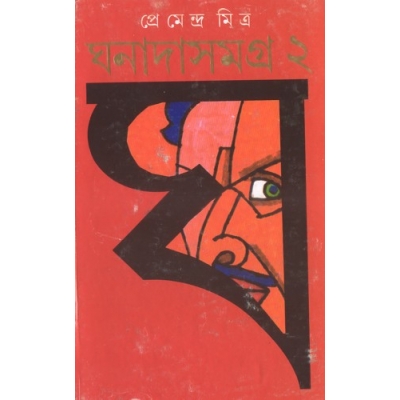

Antimicrobial activity was performed using disc diffusion method. An apparatus was designed to simulate the burning process, and the smoke fraction was captured for antimicrobial activity on human pathogens i.e Escherichia coli, Staphylococcus aureus, Pseudomonas aeruginosa, Bacillus subtilis, and Salmonella typh. In non-Yagya the mantra citation has not been done. ‘Yagya’ in this text, refers to the burning of wood, specific types of dried medicinal plant materials (hawan samagri) along with ghee with the citation of mantras, whereas the term Non-Yagya implies burning of wood, hawan samagri, along with ghee. Here, a comparative study of antimicrobial activity of smoke extract of Yagya and non-Yagya has been performed. It is also described as an excellent mode of environmental purification. Yagya (known as a fire-ritual) is an ancient Vedic Indian method of herbal inhalation therapy. Yagya Therapy has great potential for management of chronic condition of Thyroid through both balancing thyroid hormones as well as by improving quality of life. In addition patients reported significant improvement in quality of life in physical weakness (p-value 0.0078), breathing issues (p-value 0.0078), sleep issues (p-value 0.0176), stress (p-value 0.002), indicating the potential of Yagya Therapy in treating and managing Thyroid condition. In hypothyroid patients (n=9), pattern of increase in the T4 and T3 levels and decrease in TSH level and in the hyperthyroid patients (n=3), decrease in the T4 and T3 level and increase in TSH level were observed (p=0.06). The pre and post evaluation after Yagya Therapy revealed that in just 40 days of Yagya Therapy as supportive care, it helped to achieve the desired pattern in the hyperthyroid patients. Patients were without any change in the drug and dose in past 6 months. The present study evaluated thyroid hormonal levels and quality of life in 18 thyroid patient after giving 40 days of Yagya Therapy with application of herbal mixtures for hormonal balance as supportive care. In the thyroid condition, hyper and hypo thyroid, there is imbalance of the T3, T4 and TSH hormones along with complains in associated with quality of life. Besides, it involves a holistic approach with pulmonary inhalation of herbal vapors through Pranayama. Using specific herbs for management of the disease, this novel approach can provide a supportive care in various conditions. Yagya Therapy is an ancient Vedic therapy. It is also important to note that the questionnaire was circulated through social-media platforms and sharing of link was of personal interest, the majority of participants were familiar with Yagya, hence, such cross sectional study with wider population would justify the present research attempt.

However, there is also a category of youth (35.86%) that did not agree nor did that know about it (5.3%). The study has shown that youth were aware with the general and basic understanding of Yagya used in ceremonial purposes and surprisingly they (58.83%) also felt that it does not belong to one specific community or religion. 96.99% participants were aware of the term ‘Yagya’ or ‘Hawan’ and indicated it as important for health, environment, and spiritual development and for attaining peace of mind too, while 86.21% believed to have Yagya as part of daily life. 566 participants had responded from the different disciplines and professions.


The survey-questionnaire (self-prepared, Google form) was circulated through digital platforms. Hence, the present study aimed to find understanding-level of youth (18-40 years) towards contemporary scenario of Yagya. Survey by Nielsen Corporation has shown the proud feeling of Indians towards their culture while Wiber J Scott indicated that Indian students studying in America had gone to a level of ‘difficult situation’ towards understanding their culture and spirituality. Perspective on Indian culture can be availed through understanding of Yagya as it is the basis of Indian culture. Understanding Indian cultural and ritual perspective of India has been important aspect of the sociologists and culturists.


 0 kommentar(er)
0 kommentar(er)
